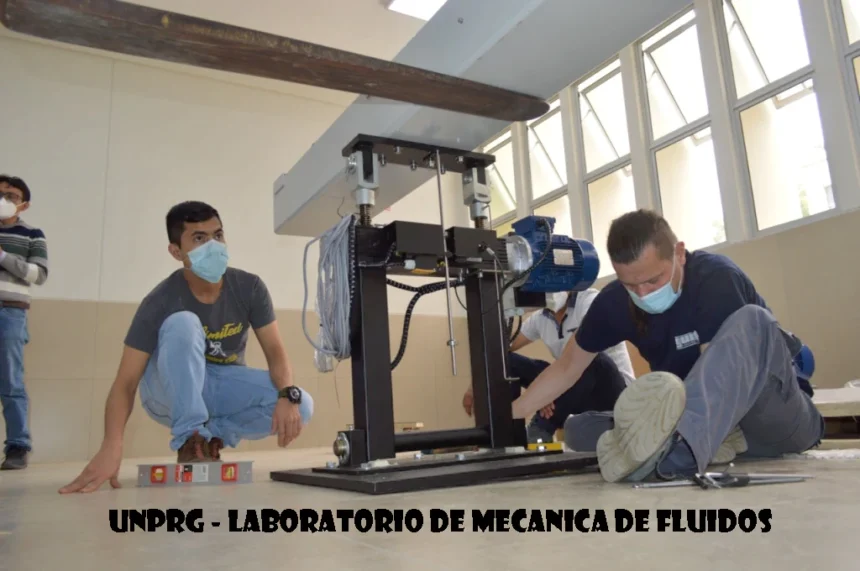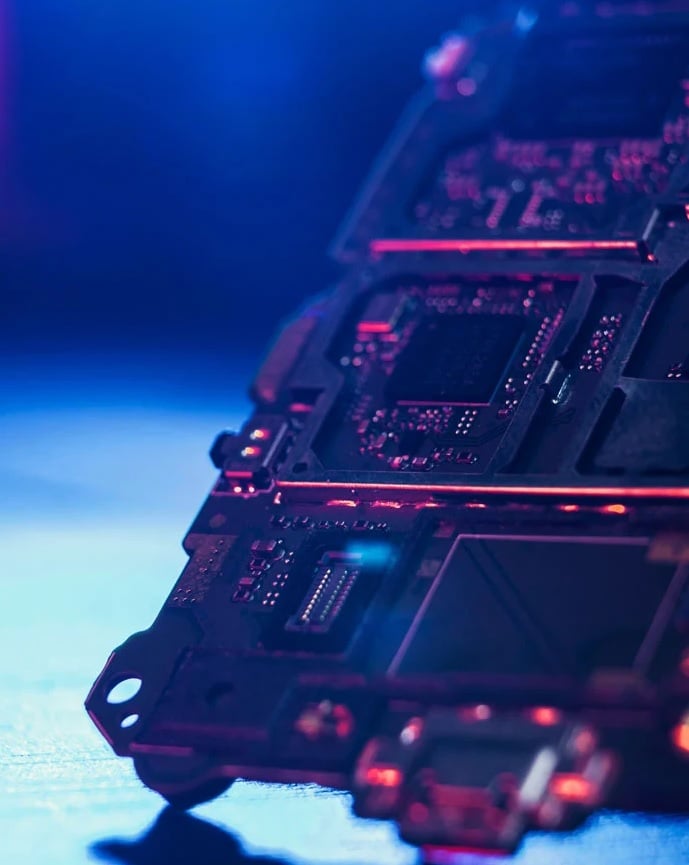The Fluid Mechanics Laboratory at Universidad Nacional Pedro Ruiz Gallo (UNPRG) is an important academic facility within the Faculty of Civil Engineering, Systems, and Architecture (FICSA). It serves both undergraduate and graduate students who study engineering and related sciences. The lab provides hands-on training to help students understand complex concepts in fluid dynamics.
The unprg – laboratorio de mecanica de fluidos is designed to bridge the gap between classroom theory and real-world application. By performing practical experiments, students can observe the physical behavior of fluids, which enhances their learning and problem-solving skills. It becomes easier for them to visualize how fluids behave under different conditions like pressure, velocity, and temperature.
Instructors at the lab use a combination of lectures, demonstrations, and guided experiments. The structured sessions ensure students learn how to set up tests, use technical instruments, take measurements, and interpret results. This helps prepare students for professional engineering roles after graduation.
Furthermore, the lab fosters a scientific mindset among students. They learn not only how to perform tests, but also how to apply scientific methods such as hypothesizing, testing, and analyzing outcomes in a structured way.
Modern Equipment and Technology Used
The Fluid Mechanics Laboratory is equipped with a wide range of modern instruments and equipment. These tools allow students to experiment with fluid flow, pressure, viscosity, and energy losses in systems. For instance, flow channels, friction loss setups, manometers, and pumps are used regularly in lab sessions.
One common setup is the hydraulic bench, which provides a base for multiple fluid mechanics experiments. It includes water tanks, flow meters, and pipes for observing fluid behavior under controlled conditions. Students use this bench to study Bernoulli’s principle, energy losses, and flow measurements.
Digital tools and sensors are also integrated into the lab environment. These allow for more precise data collection and analysis. The digital manometers, for example, can measure pressure changes with high accuracy and store data for review and graphing.
Another impressive feature is the use of virtual experiments. These simulations help students understand scenarios that are either too complex or unsafe to perform in real life. Virtual labs often support remote learning and review after physical class hours.
Key Topics and Experiments Conducted
The laboratory covers a broad range of experiments related to fluid mechanics. A primary focus is understanding fluid properties such as density, viscosity, surface tension, and compressibility. Students use simple instruments to measure these properties and compare them with theoretical values.
One major area of study is hydrostatics. In these experiments, students observe the forces that fluids exert when at rest. They learn about pressure variation with depth, center of pressure, and the stability of submerged bodies. These tests are important for fields like civil and hydraulic engineering.
Flow v is another major topic. Students perform tests to study laminar and turbulent flow, using transparent pipes and dyes to visualize patterns. Reynolds number experiments help identify when flow transitions between smooth and chaotic states.
Additionally, experiments with pumps and turbines show how energy is added or removed from fluids in engineering systems. These insights are essential for designing water supply systems, irrigation setups, and even components in cars and airplanes.
Educational Benefits for Students
The laboratory experience gives students practical engineering skills. Through repeated interaction with equipment, they learn to handle tools, make precise measurements, and follow standard lab procedures. These are valuable skills not only in academic exams but also in professional work environments.
Students develop critical thinking by analyzing the results of experiments. When outcomes differ from expectations, they investigate possible reasons—such as measurement errors or limitations in the model. This helps them build confidence in troubleshooting and problem-solving.
Group work in the lab encourages collaboration. Students work in teams to plan experiments, divide tasks, and interpret data together. This mirrors real engineering projects where teamwork and communication are key to success.
Finally, the lab supports research and innovation. Advanced students and faculty sometimes use the facility to test new ideas or improve existing systems. This allows students to contribute to real engineering challenges even before graduation.
Future Improvements and Research Potential
UNPRG continuously seeks to improve its Fluid Mechanics Laboratory by upgrading equipment and adding new modules. Faculty members frequently evaluate student feedback and research needs to plan updates that align with modern engineering standards.
There is a growing interest in incorporating more automation and data logging systems. These upgrades would make experiments more accurate and less time-consuming. They would also prepare students for current trends in digital and smart engineering systems.
In the near future, the lab may introduce new tools to study environmental fluid dynamics. This includes simulating flood flows, pollutant dispersion in water bodies, and the behavior of fluids in open channels—topics that are increasingly important due to climate change.
The laboratory also holds potential for interdisciplinary research. Civil, mechanical, and environmental engineers can collaborate on projects related to water conservation, energy systems, and infrastructure development. With the right support, the lab can become a center for innovation in Northern Peru.
Health, Safety, and Environmental Protocols
Health and safety are taken seriously in the laboratory. Students are required to follow strict safety rules when operating equipment or handling fluids. This includes wearing proper lab gear such as gloves, goggles, and lab coats during experimental sessions.
Before using any equipment, students receive a briefing or orientation from lab staff. This ensures that everyone knows how to handle instruments safely and what to do in case of emergencies, such as water leaks or electrical malfunctions.
Environmental responsibility is also a part of lab operations. The laboratory emphasizes the importance of water conservation during experiments. Water used in tests is often recirculated using tanks and pumps to avoid waste.
The lab promotes sustainable engineering practices, such as reducing power usage and minimizing chemical disposal. Students are encouraged to think critically about how their future designs can be more eco-friendly and socially responsible.
Faculty Guidance and Support
The success of the Fluid Mechanics Laboratory is due in large part to its experienced faculty and support staff. Professors and lab technicians play a vital role in organizing experiments, maintaining equipment, and guiding students throughout their practical work.
Each group of students is typically assigned a lab instructor who explains procedures, monitors progress, and checks results. This one-on-one mentorship helps students gain confidence in their technical abilities and encourages deeper learning.
Faculty members also design lab manuals and guidelines that are tailored to UNPRG’s academic goals. These documents explain theory, list materials, and outline step-by-step methods for each experiment. They ensure consistency and quality across all sessions.
In addition to teaching, the lab staff often assist students with research projects, offering help with experiment design, equipment calibration, and data interpretation. Their experience helps students avoid common mistakes and explore innovative ideas.
Collaboration with Other Departments and Institutions
The laboratory sometimes works in collaboration with other departments within UNPRG, such as Environmental Sciences and Agricultural Engineering. These collaborations make it possible to study real-world problems from multiple angles using fluid mechanics principles.
For instance, water management projects might involve engineers from several fields—civil engineers studying flow structures, environmental experts analyzing pollution, and agricultural students focusing on irrigation efficiency. The lab serves as a common ground for these collaborations.
Occasionally, UNPRG also partners with external institutions like research centers, municipalities, or private engineering firms. These partnerships create opportunities for applied research and allow students to take part in community-focused development work.
Students gain exposure to professional standards when participating in these collaborations. It prepares them for future work environments where cross-disciplinary cooperation is essential. It also boosts their chances of securing internships or jobs after graduation.
Conclusion
The unprg – laboratorio de mecanica de fluidos stands as a vital educational space where theory transforms into practical understanding. It gives students direct access to the tools and systems used in real engineering projects.
By engaging with modern equipment and simulations, students learn to solve fluid mechanics problems with precision and confidence. This hands-on experience strengthens their technical foundation.
The lab also supports research, innovation, and interdisciplinary collaboration, making it more than just a classroom—it’s a launchpad for future engineers.
As UNPRG continues to grow, this lab will play an even greater role in training professionals who contribute to Peru’s infrastructure, sustainability, and scientific progress.






